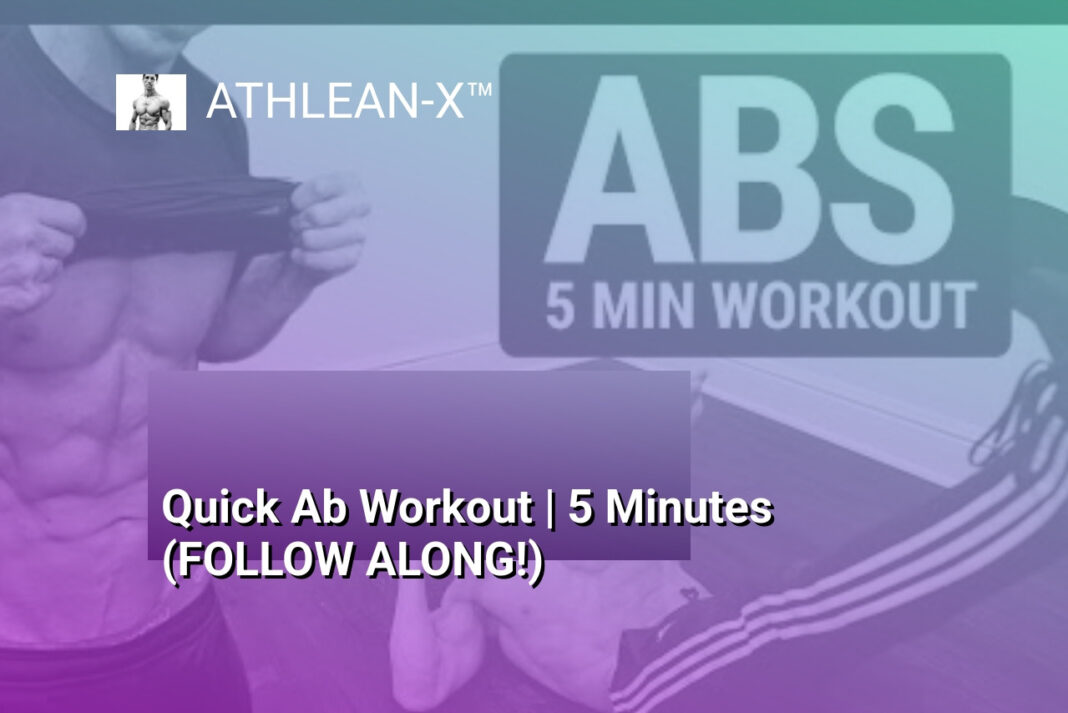The Bottom Line:
- I discovered that targeting different chest regions requires strategic exercise selection for comprehensive muscle development
- Incline bench press emerges as a powerful technique for sculpting upper chest muscles and improving overall chest definition
- Dumbbell exercises provide superior muscle engagement through enhanced range of motion and targeted muscle contraction
- Incorporating varied movement patterns like high-to-low crossovers can effectively stimulate different chest muscle fibers
- Unconventional exercises like dumbbell pullovers can surprisingly contribute to holistic chest muscle growth when performed with proper form
Understanding Incline Bench Press for Upper Chest Muscle Activation
Biomechanics of Upper Chest Muscle Engagement
The incline bench press represents a strategic approach to targeting the clavicular head of the pectoralis major, which is often challenging to develop comprehensively. By adjusting the bench angle between 30-45 degrees, athletes can optimize muscle recruitment patterns that specifically stimulate upper chest muscle fibers. This precise angle creates mechanical tension that differentiates the movement from standard flat bench pressing, allowing for more focused muscle activation.
Technique and Muscle Recruitment Strategies
Proper execution of the incline bench press involves maintaining a controlled range of motion and deliberate muscle contraction. Lifters should focus on a full stretch at the bottom of the movement and a powerful concentric phase that emphasizes peak muscle tension. Utilizing dumbbells can provide additional benefits, including enhanced muscle fiber recruitment and improved range of motion compared to barbell variations. The unilateral nature of dumbbell incline presses allows for greater muscle stabilization and helps address potential strength imbalances between left and right chest muscles.
Progressive Overload and Muscle Development Principles
Implementing progressive overload in incline bench press training is crucial for continuous upper chest muscle growth. Athletes should systematically increase weight, adjust repetition ranges, and modify tempo to challenge muscle adaptation. Incorporating variations such as pause reps, drop sets, and partial range movements can further stimulate muscle hypertrophy and prevent training plateaus. By understanding the nuanced biomechanics of upper chest muscle activation, lifters can design more effective training protocols that maximize muscle development and structural symmetry.
Mastering Dumbbell Techniques for Enhanced Chest Contraction
Precision Arm Positioning for Maximum Muscle Engagement
Dumbbell exercises offer unique advantages in chest muscle development by allowing greater range of motion and independent arm movement. Proper arm positioning is critical for maximizing muscle contraction and minimizing injury risk. When performing dumbbell chest exercises, focus on maintaining a controlled trajectory that emphasizes muscle tension throughout the entire movement. Slight variations in elbow angle and hand rotation can significantly impact muscle fiber recruitment, particularly in the upper and lower chest regions.
Strategic Weight Selection and Muscle Activation Techniques
Selecting the appropriate dumbbell weight is crucial for effective chest muscle development. Choose a weight that allows you to maintain perfect form while creating sufficient muscle tension. For optimal chest contraction, concentrate on the eccentric and concentric phases of each repetition. During the lowering phase, control the weight’s descent to create additional muscle stress, which promotes hypertrophy and strength gains. The mind-muscle connection becomes paramount, requiring deliberate focus on chest muscle engagement rather than simply moving weight from point A to point B.
Advanced Contraction Protocols for Comprehensive Muscle Development
To elevate chest muscle development, incorporate advanced contraction techniques such as peak contraction holds and variable resistance methods. At the top of each dumbbell press, pause momentarily and consciously squeeze the chest muscles, creating intense muscle fiber recruitment. Implement techniques like drop sets, where you progressively reduce weight to extend muscle fatigue and stimulate additional growth. Experiment with different angles—incline, flat, and decline positions—to target various chest muscle segments comprehensively. This multi-dimensional approach ensures balanced muscle development and prevents potential strength plateaus by continuously challenging muscle adaptation mechanisms.
Lower Chest Targeting with High-to-Low Crossover Movements
Biomechanics of Lower Chest Muscle Activation
High-to-low crossover movements represent a strategic approach to targeting the lower chest region by leveraging specific biomechanical principles. These exercises capitalize on the natural fiber orientation of the lower pectoralis major, creating tension through a unique range of motion that emphasizes downward and inward muscle recruitment. By manipulating the angle of resistance and movement trajectory, athletes can effectively stimulate muscle fibers that are often challenging to engage through traditional pressing movements.
Cable Crossover Technique for Precise Lower Chest Engagement
The cable crossover machine provides an exceptional platform for executing high-to-low crossover variations. By positioning the cable pulleys at the highest setting and pulling downward and inward, practitioners can create a powerful contraction in the lower chest region. The constant tension provided by cable machines ensures consistent resistance throughout the entire movement, which maximizes muscle fiber recruitment and metabolic stress. Key execution points include maintaining a slight forward lean, keeping a controlled tempo, and focusing on squeezing the chest muscles at the bottom of the movement.
Advanced Resistance Manipulation Strategies
Progressive overload in lower chest development requires sophisticated resistance manipulation techniques. Incorporating variations such as single-arm crossovers, alternating movements, and pause-and-contract methods can significantly enhance muscle stimulation. Practitioners should experiment with grip variations, including neutral, pronated, and supinated hand positions, to target different regions of the lower chest muscles. Additionally, integrating techniques like drop sets, partial repetitions, and isometric holds can create metabolic stress and promote hypertrophy in the lower pectoral region. By systematically challenging muscle adaptation mechanisms, athletes can unlock superior chest development and muscular symmetry.
Dumbbell Pullover: The Surprising Chest Exercise Variation
Biomechanics of the Dumbbell Pullover Movement
The dumbbell pullover is a unique exercise that challenges traditional chest training paradigms by incorporating multiple muscle groups simultaneously. Unlike standard pressing movements, this exercise creates tension through a distinct range of motion that engages the pectoralis major from an unconventional angle. By positioning the body perpendicular to a bench and maintaining a slight arch, practitioners can maximize chest muscle recruitment while also stimulating the latissimus dorsi and serratus anterior muscles.
Technique and Muscle Activation Strategies
Proper execution of the dumbbell pullover requires precise arm positioning and controlled movement. Athletes should focus on maintaining a slight elbow bend throughout the exercise, which prevents joint strain and optimizes muscle tension. The key is to create a sweeping arc motion, bringing the dumbbell from an overhead position down towards the chest while keeping the core engaged. This technique ensures maximum chest muscle activation and minimizes the risk of compensatory movements that could reduce exercise effectiveness.
Progressive Overload and Variation Techniques
Advanced lifters can enhance the dumbbell pullover’s effectiveness by implementing strategic variations. Utilizing different grip widths, experimenting with tempo variations, and progressively increasing weight can stimulate continuous muscle adaptation. Some athletes incorporate drop sets or partial repetitions to intensify the exercise’s metabolic stress and promote hypertrophy. Additionally, combining the dumbbell pullover with complementary chest exercises like incline presses or cable crossovers can create a comprehensive chest development strategy that targets multiple muscle fiber types and movement planes.
Optimizing Chest Muscle Engagement Through Strategic Exercise Selection
Precision Targeting: Anatomical Muscle Activation Strategies
Understanding chest muscle engagement requires a nuanced approach to exercise selection. Different regions of the pectoral muscles respond uniquely to specific movement patterns and angles. The upper chest, for instance, demands more deliberate targeting through incline-based movements that create a steep angle of muscle recruitment. By strategically incorporating exercises like incline dumbbell presses, athletes can stimulate muscle fibers that are often neglected in traditional flat bench training.
Advanced Movement Patterns for Comprehensive Development
Comprehensive chest development extends beyond standard pressing movements. Techniques like high-to-low cable crossovers provide exceptional lower chest fiber engagement through diagonal resistance patterns. These movements create tension across multiple planes, promoting more complete muscle activation. Dumbbell pullovers represent another sophisticated technique, offering unique muscle recruitment by integrating shoulder and chest mechanics in a single complex movement.
Biomechanical Optimization and Exercise Variation
Muscular adaptation occurs through strategic variation and progressive overload. Incorporating diverse exercise angles, resistance types, and movement trajectories prevents plateaus and stimulates continuous muscle growth. Dumbbells offer superior range of motion compared to barbells, allowing for enhanced muscle contraction and more natural movement patterns. By systematically rotating between different chest exercise variations, athletes can maintain muscular stimulation and promote consistent hypertrophic responses.





